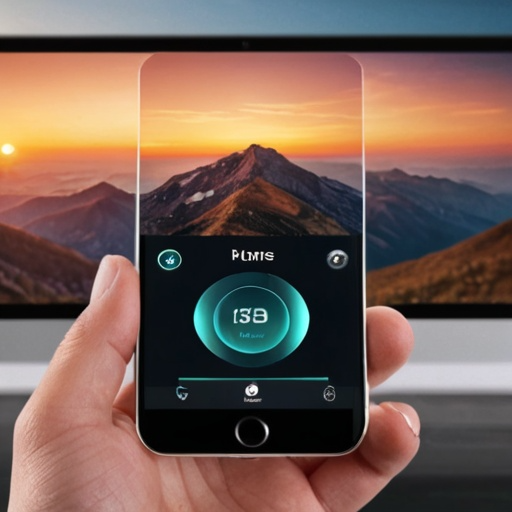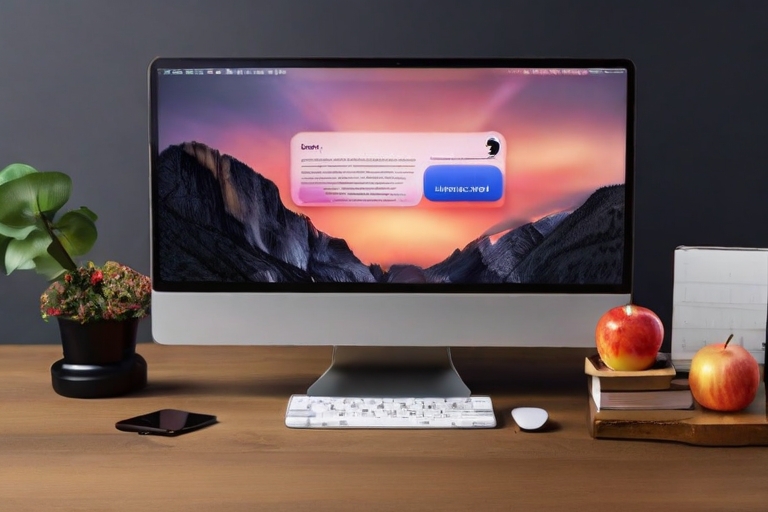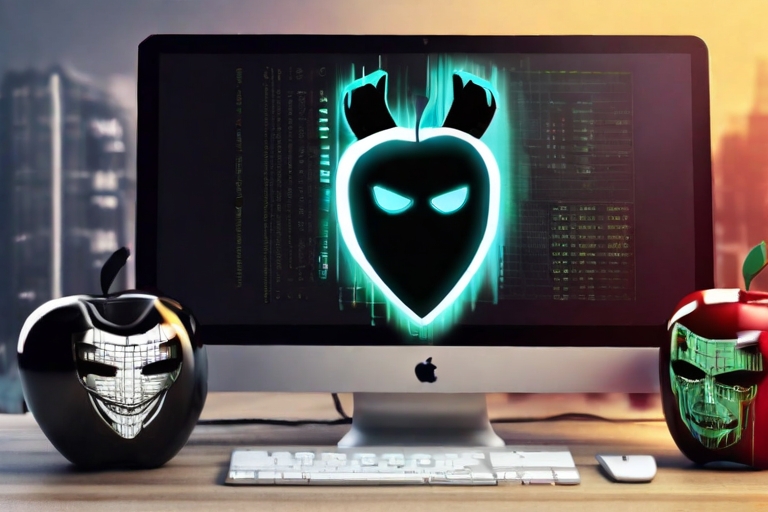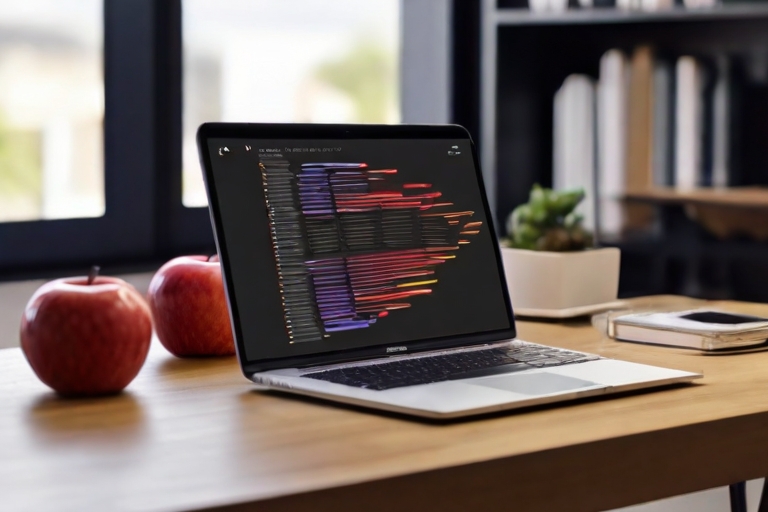Apple’s upcoming iPhone 16 Plus is about to make a bold statement with a stunning array of seven vibrant colors. According to an exciting rumor from China’s renowned […]
Apple Unleashes visionOS: Bug Fixes and Sneak Peek into the Future with visionOS 1.2 Beta
Apple has just unleashed the latest update for its groundbreaking visionOS operating system, and it’s nothing short of a game-changer. Get ready to experience a whole new level […]
Implementing the MVC Pattern in SwiftUI: A Practical Tutorial
In SwiftUI app development, creating well-structured and maintainable code is essential. One architectural pattern that can help achieve these goals is the Model-View-Controller (MVC) pattern. In this tutorial, […]
Building Scalable SwiftUI Apps with the VIPER Architecture: A Step-by-Step Tutorial
In SwiftUI app development, creating maintainable and scalable code is crucial for long-term success. One architectural pattern that can help achieve these goals is the VIPER pattern. In […]
Building Robust SwiftUI Apps with the MVVM Pattern: A Comprehensive Tutorial
In modern app development, creating scalable and maintainable code is crucial. To achieve this, architectural patterns like the Model-View-ViewModel (MVVM) pattern have gained popularity. In this tutorial, we […]
Exploring WebView in Swift: An In-depth Guide with JavaScript Interaction
In modern app development, integrating web content into native applications is a common requirement. SwiftUI provides a powerful component called WebView that allows you to embed web content […]
Harnessing the Power of AVSpeechSynthesizer in Swift: A Comprehensive Guide
In the realm of iOS development, accessibility features play a pivotal role in creating inclusive user experiences. One such feature is text-to-speech functionality, which allows users to listen […]
Mastering SwiftUI’s Picker Component: A Comprehensive Guide
Welcome to our SwiftUI tutorial series! Today, we’re diving deep into the versatile Picker component. If you’re looking to implement selection controls in your SwiftUI app, you’ve come […]
Mastering the Power of @Environment in SwiftUI: A Comprehensive Guide
Welcome to our blog tutorial on using @Environment with SwiftUI! SwiftUI is a powerful framework for building user interfaces across Apple platforms, and @Environment is a key feature […]








